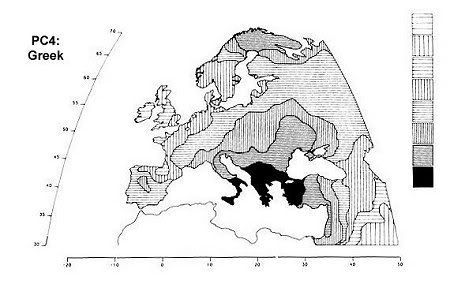Kingslav
Banned
- Messages
- 192
- Reaction score
- 21
- Points
- 0
- Location
- Polska/Ukraina
- Ethnic group
- Slav, Sephardi, Turk
- Y-DNA haplogroup
- I2a1b-L621-Balkan
- mtDNA haplogroup
- U2-Russia South
Are you going for "alternative truth" now? IE were in Anatolia since 1,600 BC, at least.
Secondly, at least half of your DNA is from assimilated farmers and WHGs, if not more. You represent conquerors and conquered at the same time. Thirdly, there is not much of original IE culture left in you to feel proud of "being" one. You dress differently, you changed their religion, culture, way of life, music, tribal laws, etc. You have nothing in common with them except few simple words that maybe they could understand, with difficulty.
Oh, one more thing. Your Y-DNA was probably assimilated by IE.
Oh no Lebrok, is this some sort of R1AvsR1B message war lol. Truth is im Indo-European but my Y-DNA has survived in continental Europe the longest and has remained I2A-DIN even after mingling with Indo-Europeans than this new Slavic race assimilated in Greece and the proof is found in modern Greek DNA has Slavic admixture exceeding 15%, besides the proof is found in the map.




